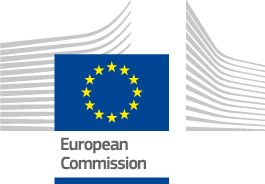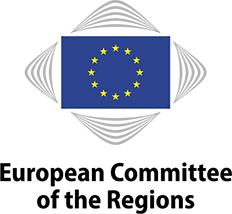
Since 2011, the European Heat Pump Association has rewarded the most efficient, smart and sustainable heat pump projects via its Heat Pump City of the Year (HPCY) initiative.
Since it began, we have received applications from 110 cities in 27 countries in Europe and beyond (more information can be found on the HPCY website).
This year, to coincide with the 10th annual award, we want to present four past winners to the European Week of Regions and Cities to showcase their local projects and explain in detail the technologies they have employed, the advances made towards sustainability and renewable goals, and the ways in which they have tackled and overcome obstacles, while sharing their experiences as models to be replicated to make Europe greener.
The four projects are:
- "BEST7 in EU-GUGLE", Tampere (Finland): Finland’s first apartment building using two-way district heating with a negative carbon footprint;
- "Heat pumps in the city of Vienna" (Austria): the city administration has studied in depth various options for renewable energy supplies, especially in urban development areas;
- "Turnova", Turnhout (Belgium): urban development to revitalise the city centre with a greener and more connected site;
- "Town Hall Veere NL" (the Netherlands): in 2016, the city of Veere decided to stop using natural gas completely and develop green solutions in the local community.
- When
- Tue 20, October 2020
14:30 - 16:00 CET - Moderators
- Irene Egea, Project Assistant, European Heat Pump Association.
Serena Scotton, project officer, European Heat Pump Association. - Speakers
- Karoliina Auvinen, Senior Expert, Finnish Environment Institute.
Kurt Corvers, COO - partner, boydens engineering.
Caroline Stainer, Green Building Expert, city of vienna.
Menno van der Hoff, CEO, Triple Aqua Licensing Ltd.. - Code
- 20WS1133V
- Format
- Workshop
- Theme
- Green Europe
- Partner
- European Heat Pump Association (EHPA)
- Language
- English (EN)
Session summary
Since 2011, the European Heat Pump Association has rewarded the most efficient, smart and sustainable heat pump projects via its Heat Pump City of the Year (HPCY) initiative.
Since it began, we have received applications from 110 cities in 27 countries in Europe and beyond (more information can be found on the HPCY website).
This year, to coincide with the 10th annual award, we wanted to present four past winners to the European Week of Regions and Cities to showcase their local projects and explain in detail the technologies they have employed, the advances made towards sustainability and renewable goals, and the ways in which they have tackled and overcome obstacles, while sharing their experiences as models to be replicated to make Europe greener.
In the "Projects promoting the heat pump excellence" session, we saw the presentation of four innovative local projects developed in four different European cities (Vienna, Veere, Turnhout and Tampere). Each project presented different solutions for adopting green plans and reducing CO2 emissions.
Each city implements a different plan and adopts different solutions, taking account of the local and social environment.
We heard about:
- "BEST7 in EU-GUGLE" project, in Tampere (Finland): Finland’s first apartment building using two-way district heating with a negative carbon footprint;
- "Heat pumps in the city of Vienna" project (Austria): the city administration has studied in depth various options for renewable energy supplies, especially in urban development areas;
- "Turnova" project, in Turnhout (Belgium): urban development to revitalide the city centre with a greener and more connected site;
- "Town Hall Veere NL" project (the Netherlands): in 2016, the city of Veere decided to stop using natural gas completely and develop green solutions in the local community.
Each speaker presented the city's goal and explained how the local government decided to develop green projects, thus allowing free-gas deployment in city areas. Particular attention has been given to the social involvement and the replicability potential of the projects in other European cities.
The key goal of the session was to give insights and suggestions to other local governments and provide them with practical and remarkable examples, thereby helping to replicate them across Europe - and to meet EU standards and goals for 2030 and 2050.
Take away message
The takeaway message from this session is that heat pumps can fully support the deployment of green projects and the decarbonisation of residential, tertiary, industrial sectors, supporting cities in reaching their sustainability goals and decarbonising local areas.
In the four projects that were presented, different and alternative solutions were presented, followed by precise data on energy savings and other positive environmental impacts, as well as suggestions and recommendations for possible future replications.
Quotes
“Heat pumps using ambient and excess heat sources with clean electricity, are the main solution for phasing out fossil fuels from heating systems” Karoliina Auvinen
"By using the ground beneath the city and the buildings as energy storage, using wind and solar electricity and heat pumps, buildings can be heated and cooled entirely with renewable energy. Vienna offers numerous examples of heat pump uses in cities: in the existing building stock, in the dense inner city, for whole areas and for new buildings" Caroline Stainer



